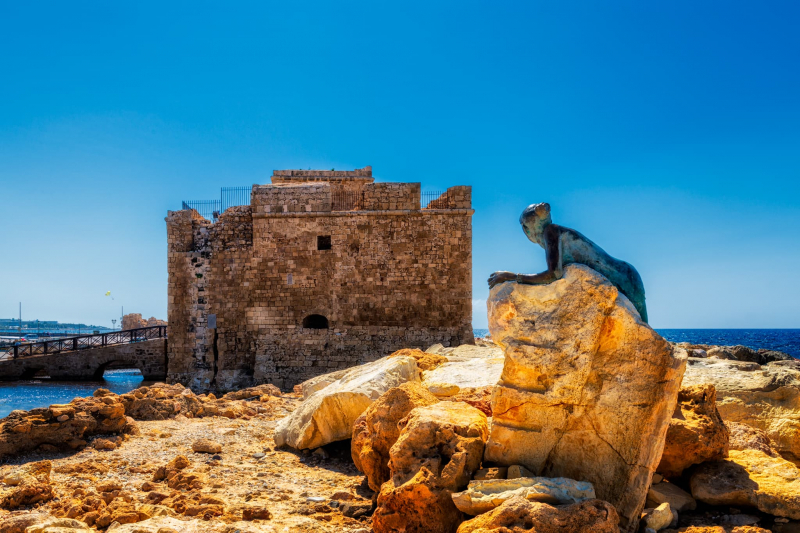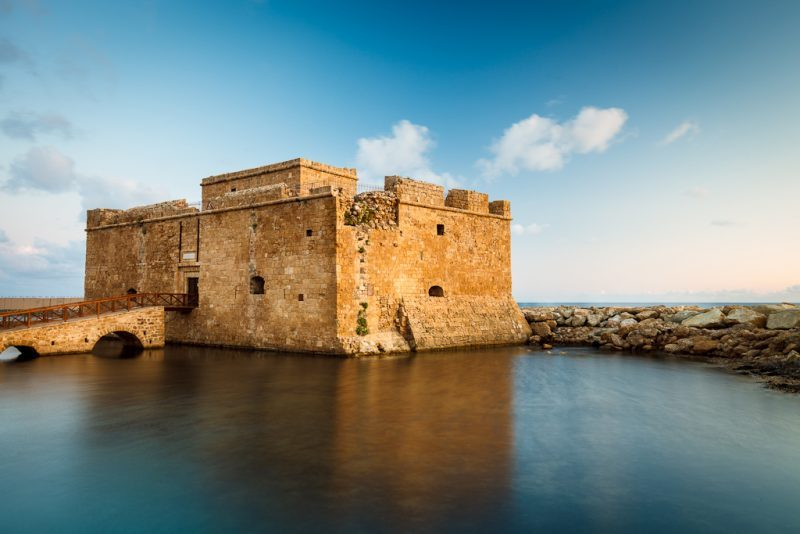Paphos Castle
Paphos Castle (Medieval Fort), which stands proudly at the west end of the town's harbor, was originally a Byzantine fort designed to safeguard the harbor. It was restored by the Lusignans in the 13th century but later demolished by the Venetians. When the Ottomans captured the island in the 16th century, they renovated it. The western Frankish tower, with its Venetian modifications, was restored by the Ottomans in 1592. An inscription above the castle's lone entrance attests to the renovation.
Paphos Castle was rebuilt by the Ottomans, and the site can now be seen in Paphos Harbour. The Ottoman dungeons, castle battlements, and what was once a mosque are all open to the public. Paphos Castle was taken over by the British in 1878 and operated as a salt storage facility until 1935 when it was declared a national monument.
The castle's primary structure is a large square tower with an enclosed courtyard in the center. During Ottoman rule, the bottom level consists of a central hall with tiny chambers on each of its two long sides that were utilized as jail cells. On the roof, there are 12 battlements, each with a matching number of guns. When the Ottomans gave over control of the island to the British in 1878, the guns were removed, and the castle was utilized as a salt store until 1935 when it was proclaimed an Ancient Monument under the Antiquities Law.
Paphos Castle is currently a tiny rectangular stone edifice with one tower and two levels. The castle serves as a tourist attraction and hosts thematic exhibitions on occasion. The castle is currently the site of the annual Paphos Outdoor Cultural Festival, which takes place in September. Several archeological digs have been conducted to learn more about its history.
Address: Harbour Area, Kato Pafos.












